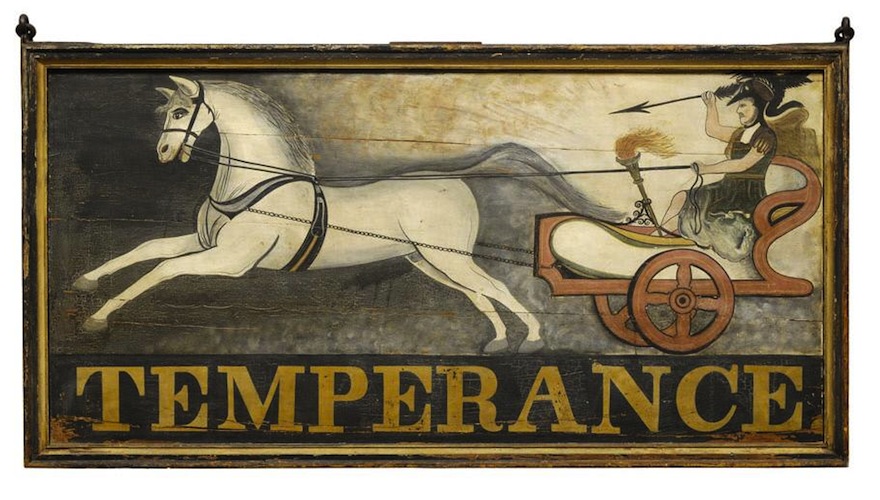In Connecticut, the state places certain restrictions on the sale alcohol; for example, it regulates the hours during which retailers can make beer, liquor, and wine available to the public. Individual cities and towns, however, retain the right to make regulations even more restrictive than those of the state. The town of Wilton exercised this right by enforcing prohibition decades after its repeal at the state and national level. It is only in recent decades that the people of Wilton moved forward, albeit divisively, with plans to allow the sale of alcohol in their town.
In the early 1800s, Wilton was far from a “dry” town. It housed five distilleries producing over 1,500 gallons of whiskey every year and, later, even supported a local brewery. But when prohibition passed in 1854, the town readily enforced the ban on alcohol sales. After the repeal of prohibition in 1872, however, Wilton residents voted to keep their town dry by enforcing their own ban.
Distilleries Dry Up with Alcohol Ban
Fear of the corrupting effects of alcohol kept its sale from returning to Wilton. The town was so supportive of prohibition that in 1909 it even erected a monument to Dr. J. Edward Turner, the man who founded and built the first treatment facility for alcoholism.
Prohibition came back on a national level in 1919, but Americans voted to repeal it once again, this time in 1934. As they did in 1872, Wilton residents again decided they liked their town dry.
Throughout the 1940s and ‘50s, no serious effort ever came together to challenge this law. In 1968, however, the town quietly passed an ordinance allowing liquor sales at private clubs. The beneficiary of this ordinance was the Rolling Hills Country Club, which made alcohol available to its members and their guests.
A “Damp” Town
On multiple occasions throughout the 1970s and ‘80s attempts to repeal the ban on alcohol sales came to a vote, but always met with defeat. Proponents of change hoped to lure new restaurants to town by allowing them to sell alcohol, but the majority of town residents feared the transformation of their Main Street into a string of liquor stores and bars. By then, Wilton was one of just three dry towns left in Connecticut—the other two being Bridgewater and Eastford.
In 1992, Wilton officially moved from “dry” to “damp,” however, with the narrow approval of a bill that allowed for the sale of alcohol in restaurants. The approval of licenses for package stores came in 2010 and Sunday sales came a few years later. Today, alcohol is readily available in Wilton, though the town did hold on to a certain degree of tradition through a 2011 vote that denied liquor licenses to grocery stores.








